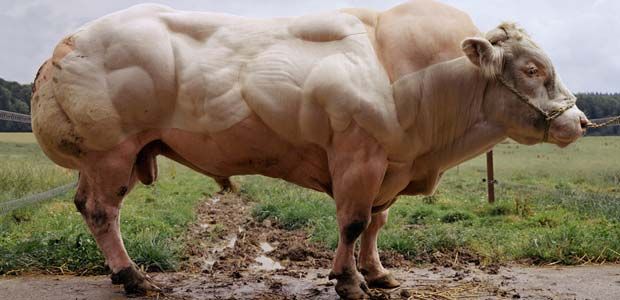
GMO scientists are now openly talking about deliberately modifying the DNA of wild animals in order to suit human ends, saying that “genetic pollution” is a desired goal, rather than a risk.
Successful laboratory tests have confirmed the ability to perform a GE technique known as “Crispr-Cas9” – allowing scientists to alter genes in a cell and replace it with a gene of their choice, creating a hybrid animal as a result.
Naturalnews.com reports:

BYPASS THE CENSORS
Sign up to get unfiltered news delivered straight to your inbox.
You can unsubscribe any time. By subscribing you agree to our Terms of Use
Scientists laud the potential of gene drives to eradicate insect-borne diseases, remove herbicide resistance from weeds (which of course developed this resistance due to overuse of Roundup on GE crops) and “control” invasive species. Already, scientists are testing techniques to make mosquitoes resistant to the malaria parasite or – apparently having learned nothing from the ecological catastrophes caused by wildlife policies of the 19th century – render them sterile, thus driving the entire wild population extinct.
These scientists claim to be very aware of the risks of this technology, although they have made it clear that they are talking about the risks only to appease the public and gain its support for these dangerous experiments on nature. Writing in the journal Science about ways to prevent the accidental escape of gene drive organisms, a group of researchers noted the need to “build a foundation of public trust for potential future applications.”
Ecological consequences cannot be foreseen
But the real concern with gene drives is the simple law of unintended consequences. These consequences could come for the modified organism itself, as genetics are notoriously complex. For example, modifying one trait could cause changes elsewhere, and a disease meant to be rendered harmless could actually become more deadly or could jump to a separate host.
Even if gene drives work exactly as intended, however, they are likely to have negative consequences for Earth’s ecosystems – and, by extension, for the human beings that depend on a healthy biosphere for our own survival. As Harvard biochemist Kevin Esvelt so succinctly put it, “mosquitoes interact with other species.”
You can’t deliberately drive a species extinct without seeing an effect elsewhere. And you can’t know what that effect will be ahead of time.
Another inevitable effect of gene drives, acknowledged even by its supporters, is that some wild “pests” will evolve resistance to whatever genes scientists try to introduce. That’s because natural selection (evolution) tends to favor fitness, and the gene drives being discussed would by definition lower fitness.
True to form, the genetic engineers are talking about solving this problem, when it arises, with still more gene drives. This is reminiscent of the arms race that these same scientists are currently locked into with the Roundup resistant weeds they created, deploying ever higher levels of more and more toxic chemicals to get the same crop yields.
Scientists have also discussed the need to build in measures to reverse gene drives that went wrong, or to make wild organisms immune to the spread of a rogue gene drive. But critics have suggested that these measures might function simply to pacify public opposition, without any promise of actually working?
In the words of Austin Burt of Imperial College London, the very man who first suggested how gene drives might work, “If your first drive doesn’t work as intended, are you sure your second drive will work?”


please do your research, the picture is of a Belgian Blue Bulls no GMO’s in them at all, in fact GMO is illegal in Belgium
please do your research, the picture is of a Belgian Blue Bulls no GMO’s in them at all, in fact GMO is illegal in Belgium